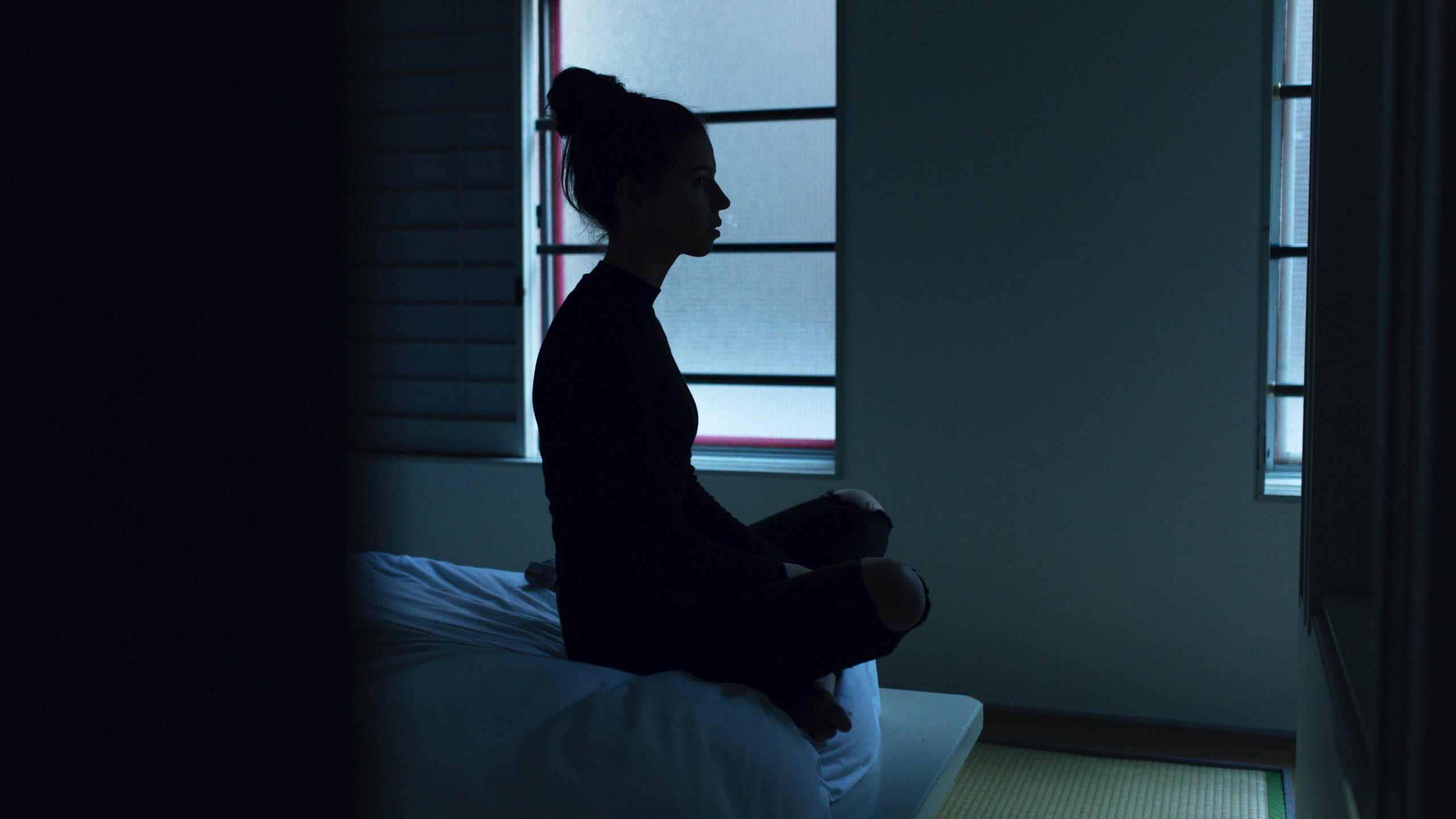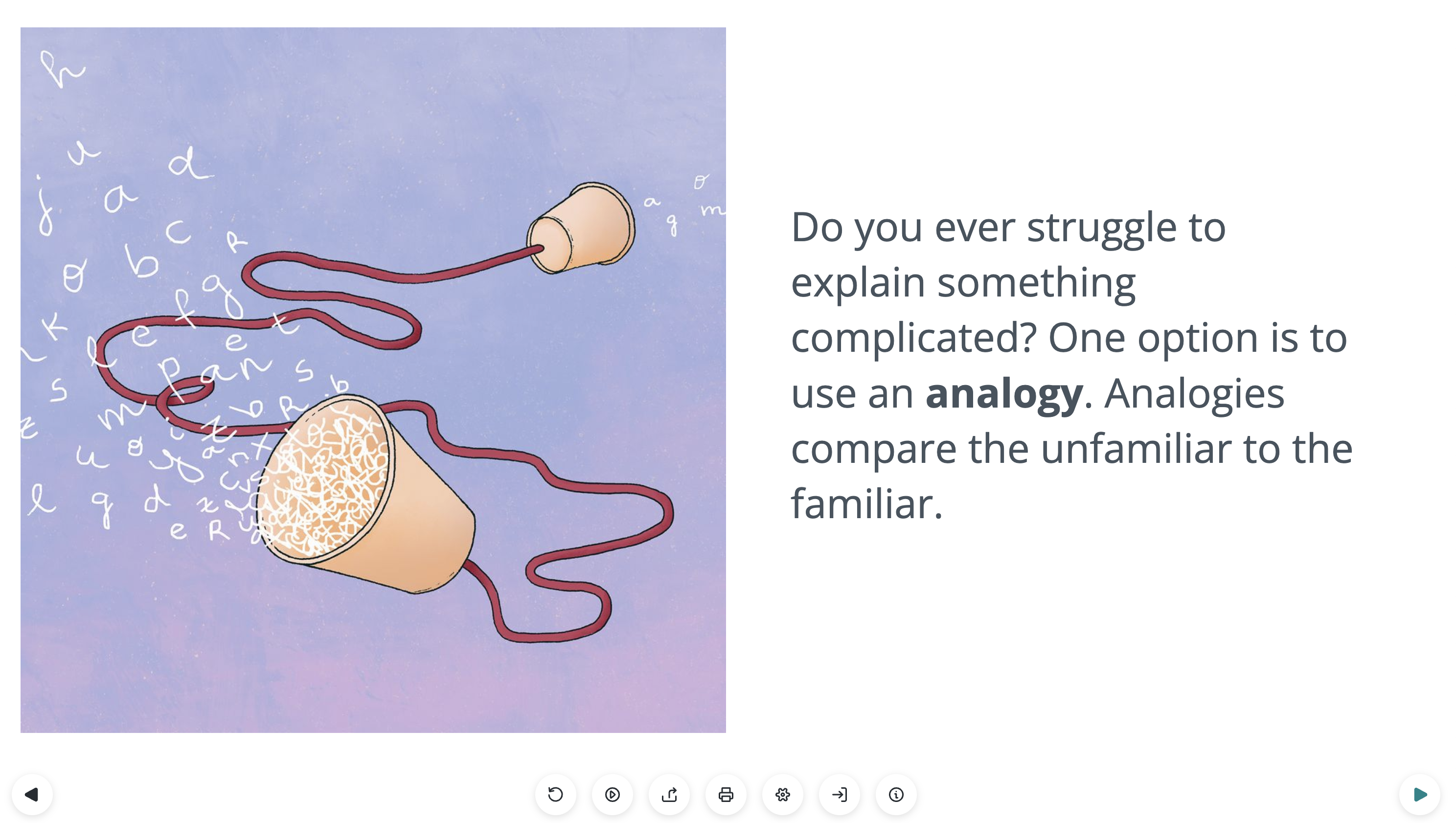As if producers needed a bigger challenge than what already exists in filmmaking! The situation facing producers with the current global pandemic presents extensive “creative challenges” in the filmmaking industry. But you can seize this opportunity to produce science communication content on video with a unique advantage: Everyone is producing through the same challenge, so your science story has more value than ever.
Very little (if anything) in the drama category is being produced, nothing with a cast in a studio. Nature programs are still in production, although limited, and mostly with local freelance crews for travel and other logistical reasons. Archival content and anything already “in the can”, as they say, represents the majority of what’s being edited into new stories across media. Your favorite science shows and documentaries typically use 10-20% stock footage, but now those shows are using twice as much or more to finish their projects.
♦ How do you navigate the new production environment amid the COVID-19 pandemic?
♦ How does this affect production, editing, packaging, and scheduling?
♦ How is distribution changing for programmers, over-the-top streaming networks, and digital content strategists?
I recently asked Dan Wolf, Executive Producer at Smithsonian Channel, how he and his team are responding to the big changes in production since the pandemic quarantine began.
“We consider this a creative challenge. What could we do now that we would not have done before? Most projects have constraints – timeline, budget, creative challenge — and we think those constraints can actually open the door to more creative thinking. It’s a time to look at the new landscape and find a new way forward.” – Dan Wolf, Smithsonian Channel
And how is Smithsonian Channel utilizing independent producers for content and programming? Dan added, “Our channel is actually increasing our production hours right now, because that was our plan before the pandemic hit. Archival-based production continues. We’re thinking of ways to conduct on-camera interviews that follow CDC guidelines, but we insist on keeping our core production standards intact.”
If you want to be a science producer, you’ll need to know how to navigate the “business idea” of your science story, whether it’s distributed on Netflix or public television, or appears in your YouTube channel, your website, or another social media platform. It’s important to think of your story as the nucleus with the video, the website, social media channels, maybe an app, a VR experience. as content receptors for building specific, targeted audiences. Then you can inspire advocacy and support.
While you may not be producing your science story for distribution at the level of Smithsonian, National Geographic or the Discovery Networks, you do have a unique opportunity now to develop competitive content. That is, content with a production quality – good lighting, crisp audio, HD picture, graphics packaging – that rises above status quo production, and which might be considered for distribution on another network’s digital stream (eg. PBS Digital Studios) if your stories reach and collect large audiences . Regardless, to achieve the support you need to get off the page, you’ll need to communicate the value of your idea and how it solves a problem for someone.
This may require a mind-shift in ‘storytelling-as-a-product’ to get you thinking in the right direction…
Story vs Narrative
Let’s first consider the story you want to tell. Science and research are rich with story ideas, but choosing which genre out of drama, comedy, mystery or thriller can be a tough decision. How you share it, with whom, and why, represent the tactical narrative of your story. Start with understanding the needs, behaviors and interests of people you want to target and how your story connects with those human elements.
As an example, for those who travel each summer to the beach with their families, how does climate change affect the people, the businesses and the wildlife in the beach towns they love? What are those places doing to prepare for change and how can visitors get involved to help? More importantly, what will be lost if they don’t do anything at all? If your narrative is connecting with the right audience, you may not even need to explain in depth the science of the story. The value of it will be in plain sight through the faces of the people of your story.
Collaborate with a Team
Like the saying goes: If you want to go fast, go alone. If you want to go far, go together. There are scientists producing quality programs all on their own for their YouTube or Vimeo channels, but those are few and even fewer producing competitive content. A team effort will be a game changer for both the quality and the quantity of programs you produce. In fact, potential teammates will be the first audience you’ll need to pitch your idea to in order to win support. Reach out online, in your area, and at your university to find directors, designers and editors who are available and willing to collaborate. There are forums galore, as well as social media channels, where experts are sharing their tips and tricks. Even stock footage sites, i.e. StoryBlocks, Pond5, FilmSupply, publish articles by exceptional storytellers and technical experts to share with the community.
Serial Stories Build Bigger Audiences Faster
A single program is more “expensive” in terms of budget, time and effort than a series of programs with regard to value. That’s not to say that the one-off project is a bad program idea, but serial content with a continuous story is a value multiplier. It keeps an audience connected and following along, which makes them more likely to spread and share your story, and the cost (budget, time, and effort) decreases with each episode you produce as the value increases. You’ll learn how to structure a template so you can rapidly produce content from one episode to the next, in the same way you might write a weekly blog and eventually collect enough content to publish a book.
Invite Emotion to Inspire Action
If you want someone to listen to what you have to share, you’ll need to begin with a connection – whether it’s to your audience or your potential sponsors. Otherwise, there’s no reason for them to pay attention or support you. Practice empathy for your audience, observe without judgement, and learn what value means to them first.
The most effective science communication only needs to inspire a curiosity in science, not a complete understanding of it. That may sounds counter-intuitive, but if you can create an emotional response, naturally and artistically, it leaves the door open to allow your audience to explore the science on their own. That experience will become their discovery, their science story, which is undeniably and irrefutably theirs. That’s a connection that will last forever.
This video campaign by a travel company used the science of DNA, and very little of it, to promote a better understanding of who we are in the world and to inspire people to explore their origins, because you’ll never know what you’ll discover.
If you just want to create a film or video about science and research, that’s great, but just the idea alone won’t be enough to scale your product with the sponsors you need, let alone an audience. Shift your mindset to scalability and long-term sustainability. Produce programs that build interest within an audience over time, like an investment, and invite them to participate and support you, so you can continue to produce more programs that promote science literacy and a curiosity for exploring. In the very early days, Walt Disney knew precisely how to scale and sustain an audience craving more imagination, technology and wonder. He said:
“We don’t make movies to make more money. We make money to make more movies.” – Walt Disney
Ultimately, that’s what science storytelling through film and video can make happen!




